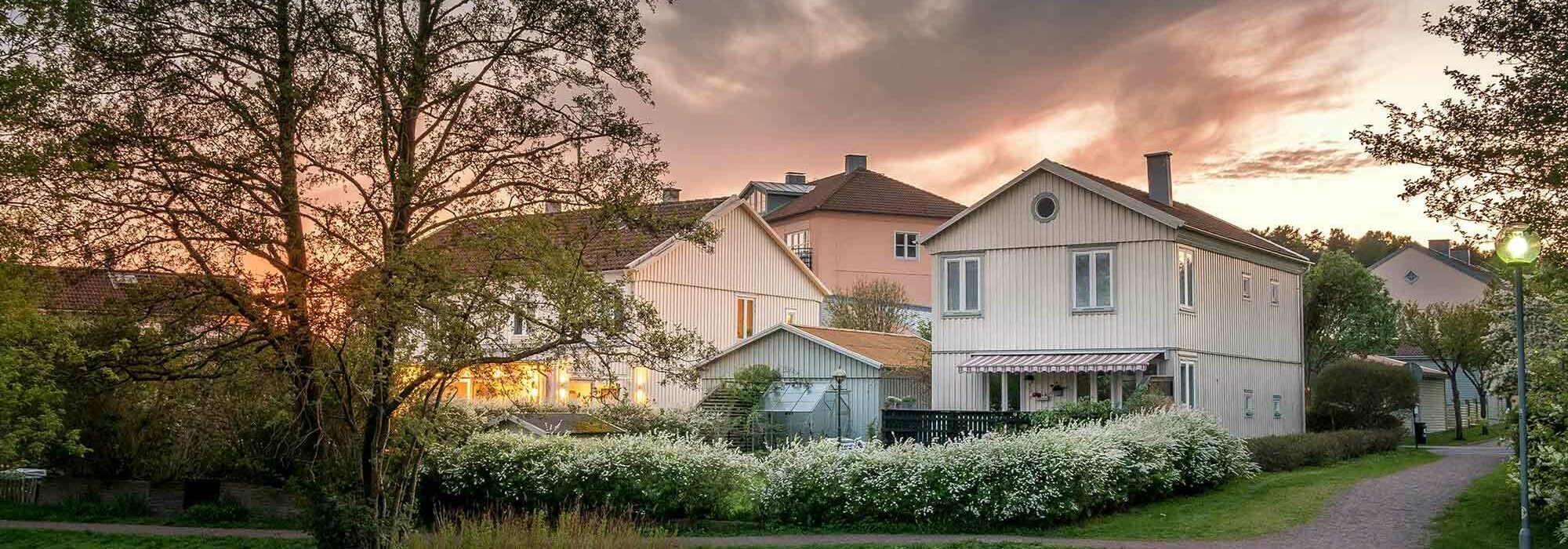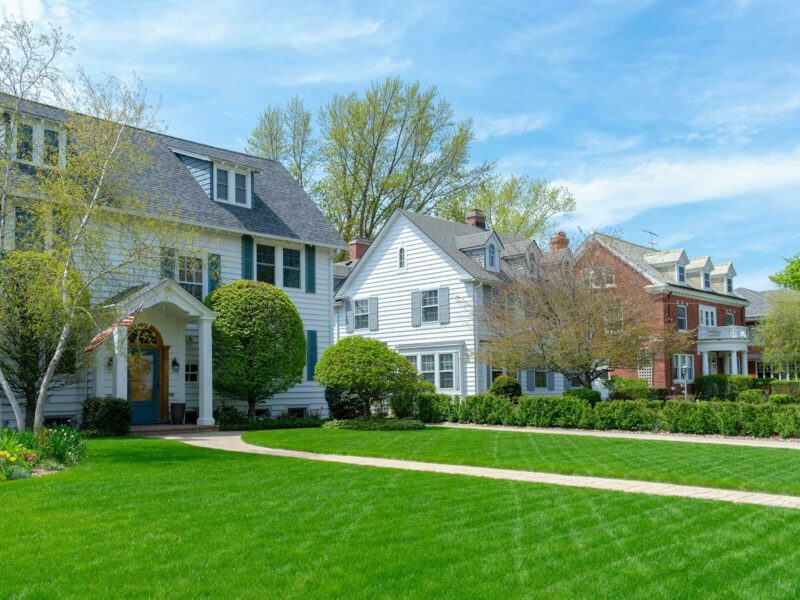Article Excerpt
Learn about what planned unit developments (PUDs) are, who owns the land as a PUD homeowner, and how property taxes and mortgages work for purchases.
City and county governments have the authority to limit how property owners may use their land. Many restrictions make sense, such as zoning laws that prohibit anyone from building a chemical plant in the middle of a residential neighborhood. Many Texas cities can provide a special designation for an area that allows the construction of residential and commercial properties that might not otherwise be possible under the law.
A planned unit development (PUD) allows people to live in a community with shared amenities and, in many cases, access to retail stores, restaurants, and green spaces. Read on to learn more about how PUDs work.
What is a Planned Unit Development (PUD)?
A PUD is a special zoning designation for large-scale development projects. Each city or county can enact its own PUD ordinance or law. Austin’s Land Development Code provides a definition of a PUD that identifies its important features:
A large development, which could have a single use, such as single-family homes, or multiple uses like mixed residential and commercial
A “single contiguous project”
“Unified control,” first under a developer and then a homeowners association (HOA)
“Preserve[s] the natural environment”
“Encourage[s] high quality development and innovative design”
Provides enough infrastructure and services to support its residents
Uses at least ten acres of land in most cases
A PUD can have its own development regulations that differ from regulations for similar properties. The law states that development in a PUD must be “superior to the development that would occur under conventional zoning and subdivision regulations.”
An example of a recently-approved PUD in Austin involves the site of the former Austin-American Statesman building, located along South Congress on the south side of Lady Bird Lake. The site has obvious appeal because of its location. The Austin City Council approved a PUD in April 2022 that will include six high-rise buildings with residential, office, and retail space. The developer has committed to building a station for the light rail line that will run through the area someday.
![Photo by Chris Phan from Flickr [Creative Commons] Shops along a street that have apartments above them.](/images/articles/_generalPhotoStandard/3_2022-12-21-195625_vhgp.jpg)
Photo by Chris Phan from Flickr [Creative Commons]
Do PUDs Have Homeowners Associations?
Owning property in a PUD means mandatory membership in an HOA. The role of the HOA is the same as in any condominium building or subdivision. It is responsible for maintaining common areas and amenities. Homeowners must pay regular dues and assessments to cover the HOA’s maintenance and administrative costs.
![Photo by r. nial bradshaw from Flickr [Creative Commons] Subdivision with large field and two-story houses.](/images/articles/_generalPhotoStandard/4_2022-12-21-195139_tcfz.jpg)
Photo by r. nial bradshaw from Flickr [Creative Commons]
Who Owns The Land in a PUD?
Land ownership in a PUD can depend on the type of structures involved. If you own a single-family residence that is part of a PUD, you own the home itself and the land on which it sits. The HOA owns common areas and amenities, such as parks and swimming pools. In a condo building, however, you might only own your unit, not any of the land under it.
Even if you own the land under your house, HOA rules will limit your use of the land. HOAs have a rather wide latitude to set rules about what and how you can build on your land. They can set standards for the appearance of homes and yards in the PUD in order to maintain a certain aesthetic.
How do Property Taxes Work in a PUD?
Property taxes work the same for homes in a PUD as they do for any other type of home. The appraisal district in your county will send you an appraisal every year showing its determination of your home’s taxable value. You have an opportunity to protest the appraisal and, if you are successful, get it lowered. Your property tax will be due each January. The amount of tax you owe is a percentage of your home’s taxable value. The percentage varies from one area to another.
![Photo by Vinodpaulcalicut from Wikimedia Commons [Creative Commons] Apartments with a palm tree forest.](/images/articles/_generalPhotoStandard/2_2022-12-21-195931_fwrx.jpg)
Photo by Vinodpaulcalicut from Wikimedia Commons [Creative Commons]
How Does Mortgage Lending Work in a PUD?
Mortgages work the same for homes in PUDs as for other types of homes with HOA fees. The mortgage lender will calculate your ability to qualify for a mortgage based on your income versus what your mortgage payment would be. With a PUD home, this will include the PUD fees. With a non-PUD home purchase, PUD fees would not be considered part of the monthly mortgage payment. If the PUD fees are high enough, they could disqualify you from obtaining a mortgage.
When you apply for a mortgage, the lender will also examine all the rest of your recurring expenses as part of the underwriting process. This includes all monthly payments including utilities, credit cards, student loans, and other obligations. The lender will include this in your regular expenses when calculating how much of a mortgage you can afford.
Looking to Buy a Home in a Planned Unit Development?
Whether you are thinking of buying a home that has stood for decades or a brand new home in a state-of-the-art planned development, The Wood Group of Fairway is here to guide you through the mortgage process. No question is too small, and we’ll treat your loan as if it were our very own. Answer a few easy questions to start your pre-approval!



